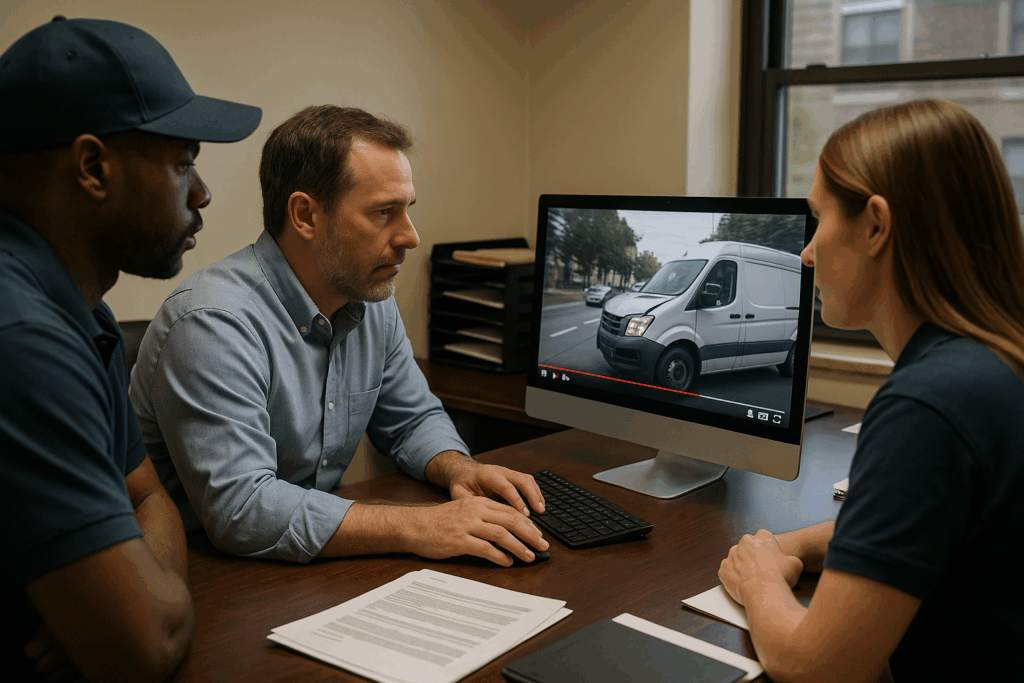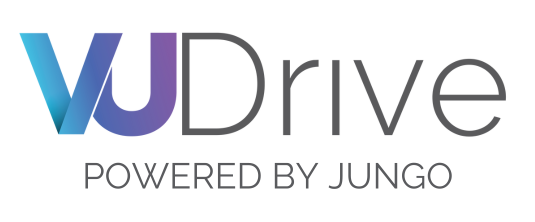Insurance 2.0: How Video Telematics is Changing Fleet Insurance
Fleet insurance has long been a challenging sector, where insurers juggle risks, claims management, and premium calculations while fleet operators face rising costs and safety concerns. Today, video telematics is reshaping the landscape, driving new collaboration between fleets and insurers.
The Rise of Video Telematics
Telematics is not new to fleet management, traditionally involving GPS tracking and basic vehicle data. But the integration of video and AI-driven analytics, known as video telematics, has taken fleet management to a new level. This technology goes beyond tracking locations; it captures real-time driving behavior, vehicle conditions, and road events, providing clear, actionable insights.
Fleet managers can now access detailed information about driving behaviors such as speeding, harsh braking, distraction, and even seatbelt usage. All this is captured through dual-facing AI-powered dashcams that record both the driver and the road ahead.

The Win-Win Partnership
For insurers and fleet managers, video telematics provides critical benefits:
| Benefit | Benefit for Fleets | Benefit for Insurers |
| Safety | Reduced accidents, improved driver behavior, real-time coaching, driver exoneration | Improved loss ratios, reduced accident frequency and severity |
| Operational Efficiency | Reduced downtime, optimized routes and fuel, predictive maintenance | More accurate risk assessment, dynamic underwriting |
| Cost Savings | Lower insurance premiums, reduced maintenance costs, fewer fines | Reduced payouts, fraud prevention, increased underwriting profit |
| Claims Management | Faster resolution, protection against false claims, accurate liability | Quicker processing, reduced disputes, accurate liability |
| Relationship | Fair pricing, transparent communication, improved driver satisfaction | Increased customer engagement and retention, new product development, active safety partnership |
| Encouraging Safer Driving | Financial incentives encourage better driving behavior, reducing accidents and downtime. | Lower claim costs and fewer incidents through proactive safety programs rewarded by premium discounts or rebates. |
Video telematics is driving a major shift toward a data-driven partnership between insurers and fleet managers. Insurers and fleets working together creates a scenario where everyone benefits: safer roads, reduced claims costs, lower premiums, and better fleet performance.
Real-World Impact of Video Telematics
Studies and real-world data consistently confirm the benefits of adopting video telematics. Fleets report dramatic reductions in accident frequency, severity, and associated downtime. According to industry reports, accident rates can fall by up to 50% within the first year of implementing a video telematics solution.
Additionally, driver accountability improves significantly. Knowing their actions are recorded and analyzed, drivers typically become more cautious and responsible, which boosts overall fleet safety.

A Practical Example: VuDrive
One example of video telematics effectively bridging fleets and insurers is VuDrive. VuDrive combines AI-powered, dual-facing dashcams with cloud-based analytics to deliver comprehensive safety and risk management solutions. Fleets using VuDrive have consistently seen reductions in risky driving behavior and accident rates, leading insurers to recognize and reward their proactive safety management.
VuDrive provides insurers with direct access to actionable insights and video evidence, simplifying underwriting and speeding up claims processing. For fleet managers, VuDrive offers real-time alerts for risky behaviors such as drowsiness, distraction, mobile phone usage, and seatbelt violations. The intuitive dashboard gives managers driver scores, event footage, and data for targeted coaching and better training.
In the event of an accident, VuDrive’s footage offers critical, indisputable evidence, simplifying the investigation and often exonerating drivers from false claims. By significantly reducing accident rates, VuDrive helps fleets improve safety records, lower insurance premiums, and minimize downtime. The platform’s ease of use and comprehensive analytics have made it a popular choice among fleet operators aiming for efficient and proactive fleet safety management.
Conclusion
Video telematics is not just an upgrade to fleet technology – it’s transforming the entire fleet insurance landscape. By leveraging real-time video data and advanced analytics, insurers and fleet managers can collaboratively reduce risks, improve safety, and create financial efficiencies. This synergy between technology, safety, and insurance is shaping the future of fleet management into a win-win scenario for all involved.

